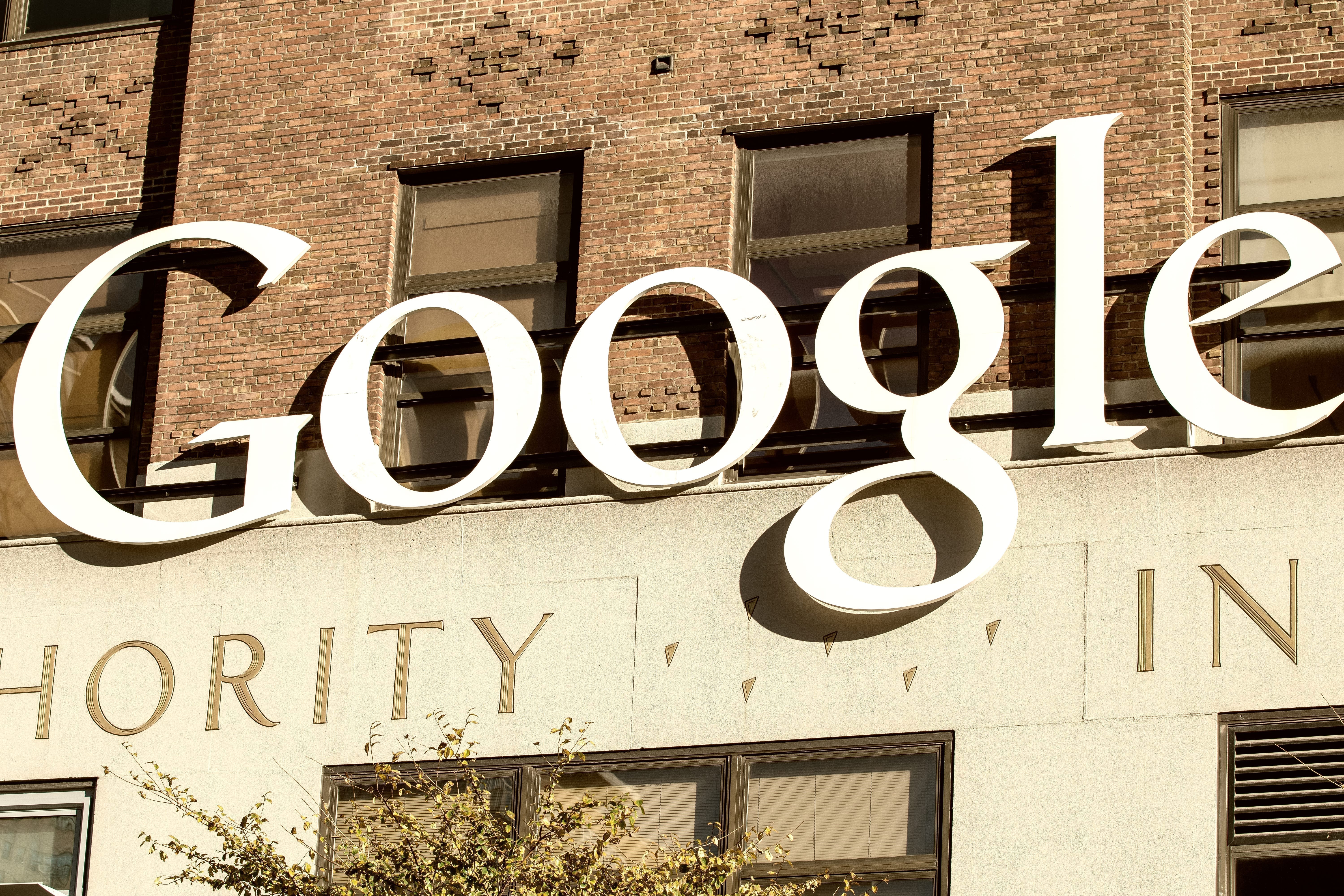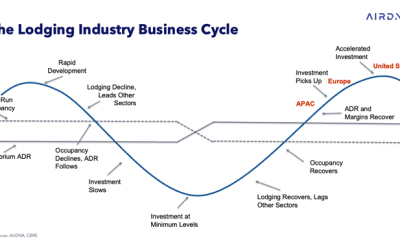
In the world of digital marketing, the “Big 4” dominates—SEO, PPC, email, and social media. For these latter three, however, the remarketing and retargeting approach is underutilized and often pushed to the side.
Most digital marketing plans aren’t set up to fully use every means possible to target consumers, especially when it comes to remarketing and retargeting. We talk all day long about attracting new consumers to interact with our brand, but what happens after someone gets to know us? How do you market to people who know who you are already but haven’t quite booked yet?
This is where a proper remarketing and retargeting strategy can work wonders for a digital marketing plan and, without a doubt, increase your conversions and bookings! Back in the day, it was all about impressions, and if you could make the right person see your ad enough times, then eventually they would buy from you. (Think billboards.) Although that is still true, don’t you think we can be a little more tailored when it comes to the impressions that are made? The answer is yes, we can.
It’s funny how Amazon keeps reminding you that you were interested in that Egyptian cotton bed sheet set that you looked at two weeks ago, or that you left something in your cart and just forgot to buy it. Well, the same thing can be accomplished in the vacation rental industry, and its effectiveness is astounding.
A digital marketing plan without remarketing is like dating someone but never proposing . . . if you like it, you better put a ring on it!
Remarketing versus Retargeting: What’s the Difference?
People use the terms remarketing and retargeting like they are interchangeable, but they really are different. Remarketing involves marketing directly to a captive audience, such as a list of contacts. Most remarketing you see is in the form of email campaigns, but, even then, many people miss the opportunity to truly create an offering specifically for that audience. Remember, these are people who already know your brand; they may even follow your social channels. So offering them a basic email, newsletter, or ad might not entice them enough to book. You need to offer something more—something specific to them.
Retargeting is when you are targeting people who have taken an action or shown some interest. A good example of retargeting would be conveniently seeing an ad on Facebook of the product you were just looking at on Amazon. We don’t necessarily know exactly who the audience is, but we know that they visited our website and showed interest, and that is all you need. Both strategies have their place in a digital marketing plan, and they are very different from each other.
We all know that marketing is about knowing your audience, and the same idea applies here. Don’t make the mistake of lumping your remarketing and retargeting audiences into the same pool as everyone else because it won’t work. Think of it this way: if you give a speech to 500 people, and one person comes up afterward with a question, your answer is unique to that person. Make your remarketing and retargeting campaigns unique to that audience.
Remarketing and Retargeting Avenues
The question of where to start is often answered by deciding on which avenue of marketing you want to focus. If you are having trouble narrowing down your direction, think about what you want to accomplish. Obviously, directing a consumer back to your website is your top priority. However, is it for a specific property, is it for a special, or maybe for a specific page like “pet-friendly rentals?” These sorts of questions will help you decide which direction you want to go and, in turn, what type of marketing you will want to do, either retargeting or remarketing.
You also want to consider where your audience is the strongest. For example, if you have a mailing list that has good open and click-through rates, that might be a good place to start. If you have an audience on social media that engages well, that might be a strong starting place. It really depends on your audience and what you are trying to accomplish.
Avenue #1 – AdWords
Google AdWords is great when you want to retarget people who have already visited your website. You can do this several different ways, either by creating a display ad or a search results ad. Whatever direction you choose to go with your ad type, it is important to remember that you are marketing to someone who has already been on your website, and, if you are doing it right, you are marketing to someone who has visited a very specific part of your site and for some reason, left. An example would be a person who performed a property search. With that in mind, you have to think about what the buyer is looking for. Another example is, if they visited the specials page, maybe they were looking for a discount, so pointing out a discount, a percentage off, or a special that could save them money will most likely get their attention and draw them back in.
An example of what not to do? If someone is visiting the real estate portion of your website looking for properties to buy, don’t serve them up a rental ad. It’s also best practice to never send someone back to the homepage of your website. Send them to the search results page, or the pet-friendly page, so they can continue down the booking path along the shortest route possible.
There are many different strategies when it comes to creating retargeting and remarketing ads in Google Adwords. One strategy that seems to be underused is remarketing lists for search ads, better known as RSLA. By automatically adjusting the bid amount in your remarketing campaign, you can agree to pay more for that specific audience. The idea is that you are willing to pay more for someone who has already been to your site and interacted with your brand than someone who has not. This allows you more visibility when it comes to ad placement and a better chance of that ad bringing someone back to your site to convert.
Avenue #2 – Social Media
Setting up a remarketing or retargeting ad on your social channels is extremely easy and quite effective. When it comes to social ads in the vacation rental industry, Facebook is definitely at the top of the list. With its robust ad platform and reporting, you really can see how your ads are performing and adjust accordingly. One major advantage of doing a remarketing or retargeting campaign on a social channel is the ability to catch a user off guard. By using visually striking images and videos that highlight an experience or feeling, you can draw the consumer back in and sell those aspects, rather than selling the vacation itself.
Social channels are all about experiences, excitement, and engagement, which is why this type of remarketing and retargeting strategy works. What not to do would be trying to sell a specific property or get a booking from a social ad. Yes, we are trying to get more bookings and drive conversions, but the ultimate goal with any ad, including social, is to drive traffic back to your website. The important part when it comes to remarketing and retargeting is driving the traffic to the correct location. Again, if you had someone who was interested in your pet-friendly page and you send them to the homepage of your website, you’re not really creating any relevance for them.
Social media is also a great avenue to ensure potential guests learn something new about you. In a busy world, social media ads historically have the highest bounce rates, so use social media as a branding tool, rather than a booking tool. Great examples of Facebook remarketing ads would be customer testimonials to make potential guests feel better about booking with you. Or bring them to a page on your website they might not have seen before, such as a specials page OR a page dedicated to new rentals for 2018. This will entice them more than a generic “hey, book with us” ad.
And let’s not forget about the #BookDirect initiative!
Build a page on your website dedicated to educating potential guests about book direct advantages and educate them via a social media ad.
Avenue #3 – Email Marketing
Last, but definitely not least, we have the tried and true method of email marketing. Although some naysayers say email is dead, that is not the case, especially when it comes to vacation rental marketing. Email marketing is a great way to remarket to people who have given you their contact information and shown an interest in your brand.
If there is any advice to give when it comes to good email remarketing, it would be to have a defined message with a clear call to action. You really have to tell the consumer what to do next and be very clear. Examples? Large buttons that say “Search for Pet-Friendly Rentals” or “Perform a Rental Search” rather than “Click Here” or “Book Now”.
Think about it this way—you are asking consumers to stop what they are doing (checking their emails) to come look at your website for some reason, so that reason better be good and give them an incentive to stick around. Leading someone to a generic page that requires thought or further actions will only get you higher bounce rates.
Building Brand Value
One of the positive aspects of proper remarketing and retargeting is building your brand’s value in the eyes of your consumer. All consumers want their wants and needs to be understood without requiring them to tell you what those wants and needs are. By setting up remarketing and retargeting campaigns, you are telling your audience that you know exactly what they want and providing them with a clear and direct way to get it.
Even if they don’t convert, you are building brand recognition with your audience. Remarketing and retargeting are powerful methods of digital marketing and can add real value to your marketing plan. Take this as an opportunity to market to your audience as individuals, find out what they want, and provide an easy way for them to get it.












RSS